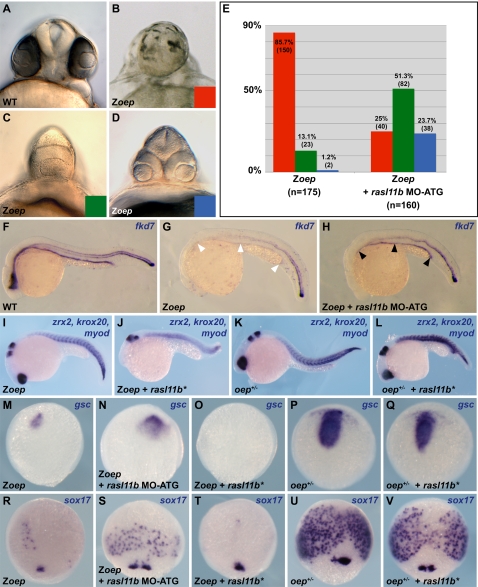Figure 5. Rasl11b inhibits endoderm and PP formation in an Oep deficient background.
(A–D) Frontal views of 1 dpf wild-type embryo and Zoep embryos. Depending on the quantity of oep mRNA accumulated during oogenesis, Zoep embryos display different levels of anterior structure development: from absence of lens and forebrain (red class, B), via a cyclopia phenotype (green class, C) to two separate retinae (blue class, D, very rare). In each clutch, these categories can have slightly different proportions depending on the female, but a large majority of Zoep embryos do not even develop one retina. Whatever females (n>10) were used for the rasl11b knock down experiments, a drastic rescue (>70%) of the forebrain formation was always observed, and a large category of embryos with two retinae appeared. (E) Cumulated numbers for each class from 5 independent rasl11b MO-ATG knock down experiments. (F–H) forkhead7 (fkd7) expression pattern in 1 dpf embryos. Gut defects (white arrowheads) are also rescued (black arrowheads) in Zoep embryos injected by rasl11b MO-ATG. (I–L) 1 dpf embryos lateral views. Rasl11b constitutively activated forms (Rasl11b*) prevent head formation and disturb the antero-posterior axis formation in Zoep and oep +/− but not in wild-type embryos (not shown). zrx2 is expressed in the retina, krox20 in rhombomeres 3 and 5, myod is expressed in the somitic mesoderm. (M–V) dorsal view of late gastrulae. rasl11b knock down rescues expression of the prechordal plate marker goosecoid (gsc) and the endodermal marker sox17 in Zoep whereas Rasl11b* reduces their expression in Zoep and oep +/− embryos.

